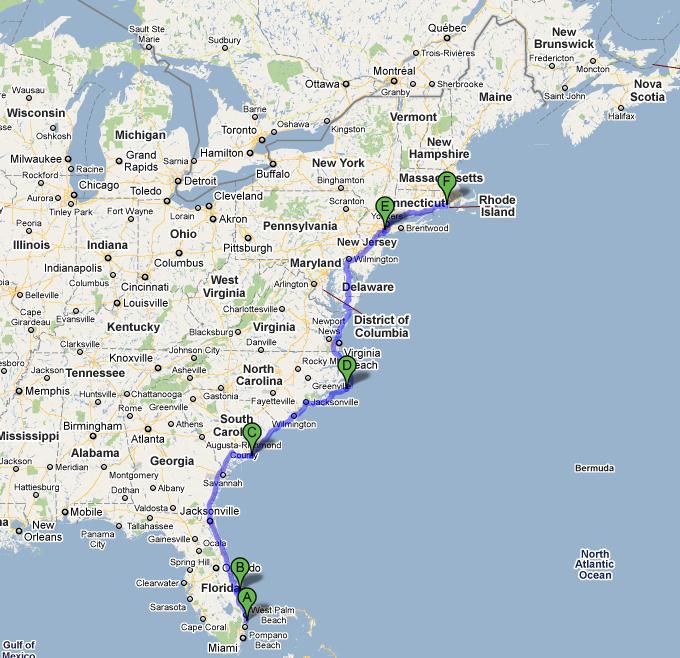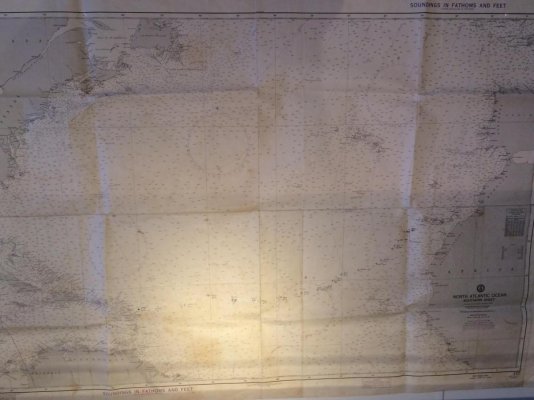Gdavid
Guru
I always have both. My 10" tablet is a nice sized display but my parallel rules are just too big.
I agree that multiple devices provides a pretty good backup but I like having paper. When I am teaching US Sailing basic and bareboat cruising classes, we spend 90% of the time using paper and the depth sounder. I keep my andoid devices out of sight so I can have a quick reference and easily check their fixes.
I agree that multiple devices provides a pretty good backup but I like having paper. When I am teaching US Sailing basic and bareboat cruising classes, we spend 90% of the time using paper and the depth sounder. I keep my andoid devices out of sight so I can have a quick reference and easily check their fixes.



 Well played!!
Well played!!

